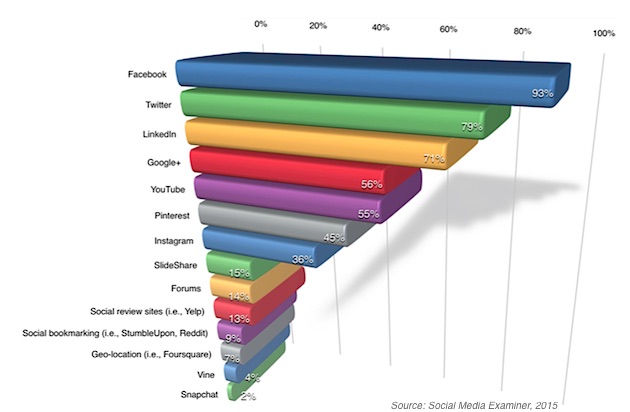To achieve success with content 60% of the most successful B2B marketers use a documented winning content strategy centering on three key pillars

Many skilled and experienced marketers still struggle to understand what’s so difficult about content marketing.
On the surface, it seems deceptively simple: You get some writers and designers together, create compelling content, publish it where your audience is likely to find it, and wait for the customer calls and purchases to roll in.
But eventually, you realize doing this bare minimum won’t get you far. A lot more work needs to happen behind the scenes to deliver initial success – and keep it properly fueled, focused, and functional over the long term. And that doesn’t even include securing buy-in for your content marketing business case in the first place.
There’s no quick or easy shortcut for achieving success with content. But there is a reliable process that, according to CMI’s 2021 Benchmarks, Budgets, and Trends research, 60% of the most successful B2B marketers have a documented content marketing strategy. That winning content strategy should center on three key pillars:
- Why – the marketing and business goals to achieve and the reason to create content as opposed to other marketing techniques
- Who – the audience to serve through your efforts, who they are, what they need, and what path they follow in their customer journey
- How – the unique brand mission or story, what sets your content apart from anything else your audience might choose to engage with and act on








